Out Now
The Aussie Issue
Current Issue
The Aussie Issue
DEC 25 - JAN 26

Are you feeling the pinch? Here’s how to let customers know about a rate hike — and live to tell the tale.
From electricity and petrol to loo roll and biscuits, the cost of running a business is on the rise. Interest rate hikes and skyrocketing material costs will make even the savviest sole trader or small business owner feel a little hot under the collar.
Once you’ve explored cutting back on expenses and drumming up new business, the one thing you can do to keep pace with rising outgoings is to raise your rates. But that’s not often as easy as it sounds.
Fear that a price increase could result in lost business is the main barrier, but should this stop you in your tracks?
Here are some things to consider so you can massage your price list and come out on top.
First up, a confidence-building exercise. As a qualified electrician, experience and expertise are key drivers when it comes to scoring a job. One thing’s for sure — the customer is unlikely to have the skill or the time to do it themselves. They just want the problem solved, and solved quickly. If you know you do a better-than-average job, you need to value yourself and your skills in line with the quality of the work you do, and the value you deliver.
Do you have a good understanding of what other tradies in your area are charging for their services? The average hourly rate for sparkies in Australia varies hugely depending on the specific job, the worker’s experience levels, and the location. A new recruit in a country town might charge $60 an hour while an experienced city pro will be on at least double that. Do some research and find out what the going rates are in your neighbourhood so you have some context.
And now for the tricky part. Communicating a price increase is never a pleasant task.
Start with the easy bit — charging new customers your new rate. When telling your existing customers, the best thing you can do is be forthright. Explain the reasons behind the price increase (rising cost of materials, labour, overheads, training, etc), and remind them of the value they’re getting for the price. If you can, give advance notice of two or three months.
When setting new prices, detail what’s included in the cost. Set out clearly what is included in the price and any additional costs that may be incurred along the way. And don’t forget, you can always negotiate. Customers may be prepared to pay more if they’re on a tight schedule, and you might consider charging less if they’re flexible with the deadline.
Case study: How to raise your prices |
|
 |
Electrician Bernie Lantern runs PD Electrics in Craiglie, QLD. He’s been in the biz for more than 40 years and is no stranger to rising prices. “I started out as an apprentice in the ’70s, working for the Public Transport Commission in NSW. Fuel was around 20 cents a litre from memory, and a packet of cigarettes was 50 cents. So, it’s fair to say I’ve seen a fair few price rises in my working life! “When looking at setting or increasing your rates now, there are plenty of places you can go for inspiration. Master Electricians and NECA both publish average hourly rates being charged for everything from domestic to work to hi-tech and specialist services such as marine electronics. And the market talks itself if you ask around. Another good source is to look at what the suppliers are charging out their own services at. “With the cost of living going up, and a shortage of labour, we’re seeing prices for electrical work going up, that’s a given. My advice to anyone thinking about an increase in their hourly rate is to be straightforward about it. Everyone realises that fuel and insurance costs are rising, so it’s hopefully not going to be a big surprise to anyone. I recently put my kilometre rate up from 50c to a dollar. I don’t travel huge distances so it’s not really a lot, but it helps. “At the end of the day, you can charge what you’re worth. If you’re good at what you do, people will pay the price.” |
Tightwad tips |
| Check out these eight easy ways to save money at work. |
| Chase the cash: Set clear deadlines in your payment terms, shorten your windows where possible, and automate reminders for late payers.
BYO: We all know that if you forgo your daily flat white, you can save enough money to retire at 45. But seriously folks — add it up. There’s a reason flasks were invented. Shop smart: Buy your products from a reputable wholesaler. Gemcell negotiates the best bulk deals so you don’t have to hold more stock than you need. Hydrate for free: Water is your friend. Shun the fizzies and opt for water instead. It’s free (and it’s great for your skin). Sniff out a grant: There may be government money available for those wanting to start or improve a small business. Check out the possibilities at grants.gov.au. Pack it in: There are few things more disappointing in life than eating a Vegemite sandwich next to someone scoffing a bacon and egg roll. Get creative with your home-packed lunch. Make a claim: Are you working those deductions? Talk to your accountant to get a full list of workwear, tools, courses and car expenses to make sure you’re not missing out. Save on fuel: Fact: your vehicle uses up to 25% more fuel at 110km/h than it does at 90km/h. When you’re running low, apps such as Petrol Spy will show you the cheapest deals in town. |
Keep up to date with our latest news and competitions by subscribing to our regular newsletter.

Issue 189
OCT - NOV 2025

Issue 188
AUG - SEPT 2025

Issue 187
JUN - JUL 2025

Issue 186
APR - MAY 2025

Issue 185
FEB - MAR 2025

Issue 184
DEC 2024 - JAN 2025

Issue 183
OCT - NOV 2024

Issue 182
AUG - SEPT 2024

Issue 181
JUN - JUL 2024

Issue 180
APR - MAY 2024

Issue 179
FEB - MARCH 2024

Issue 178
DEC 2023 - JAN 2024

Issue 177
OCT - NOV 2023

Issue 176
AUG - SEPT 2023

Issue 175
JUN - JUL 2023

Issue 174
APR - MAY 2023

Issue 173
FEB - MAR 2023

Issue 172
DEC 2022 - JAN 2023

Issue 171
OCT - NOV 2022

Issue 170
AUG - SEPT 2022

Issue 169
JUN - JUL 2022

Issue 168
APR - MAY 2022
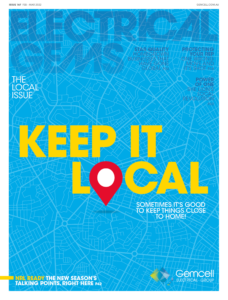
Issue 167
FEB - MAR 2022

Issue 166
DEC 2021 - JAN 2022

Issue 165
OCT - NOV 2021

Issue 164
AUG - SEPT 2021

Issue 163
JUN - JUL 2021

Issue 162
APR - MAY 2021

Issue 161
FEB - MAR 2021

Issue 160
DEC 2020 - JAN 2021

Issue 159
OCT - NOV 2020

Issue 158
AUG - SEPT 2020

Issue 157
JUN - JUL 2022

Issue 156
APR - MAY 2020
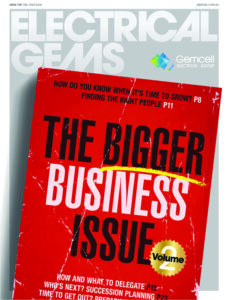
Issue 155
FEB - MAR 2020

Issue 154
DEC 2019 - JAN 2020

Issue 153
OCT - NOV 2019

Issue 152
AUG - SEPT 2019

Issue 151
JUN - JUL 2019
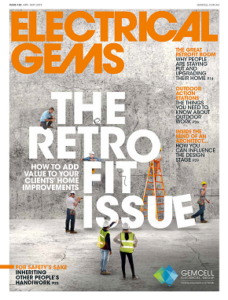
Issue 150
APR - MAY 2019

Issue 149
FEB - MAR 2019

Issue 148
DEC 2018 - JAN 2019

Issue 147
OCT - NOV 2018

Issue 146
AUG - SEPT 2018

Issue 145
JUN - JUL 2018

Issue 144
APR - MAY 2018

Issue 143
FEB - MAR 2018

Issue 142
DEC 2016 - JAN 2017

Issue 141
OCT- NOV 2017

Issue 140
AUG - SEPT 2017

Issue 139
JUN - JUL 2017
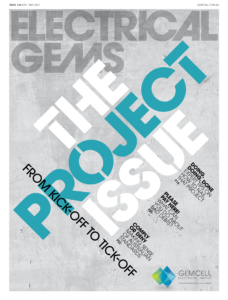
Issue 138
APR - MAY 2017

Issue 137
FEB - MAR 2017

Issue 136
DEC 2016 - JAN 2017

Issue 135
OCT - NOV 2017

Issue 134
AUG - SEPT 2016

Issue 133
JUN - JUL 2016

Issue 132
APR - MAY 2016

Issue 131
FEB - MAR 2016

Issue 130
DEC 2015 - JAN 2016

Issue 129
OCT - NOV 2015

Issue 128
AUG - SEPT 2015

Issue 127
JUN - JUL 2015

Issue 125
APR - MAY 2015

Issue 125
FEB - MAR 2015

Issue 124
DEC 2014 - JAN 2015

Issue 123
OCT - NOV 2014

Issue 122
AUG - SEPT 2014

Issue 121
JUN - JUL 2014

Issue 120
APR - MAY 2014

Issue 119
FEB - MAR 2014
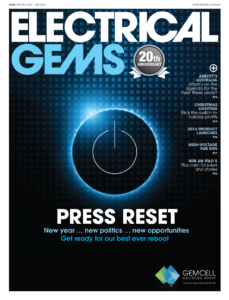
Issue 118
DEC 2013 - JAN 2014

Issue 117
OCT - NOV 2013

Issue 116
AUG - SEPT 2013

Comments (0)
Write a Comment